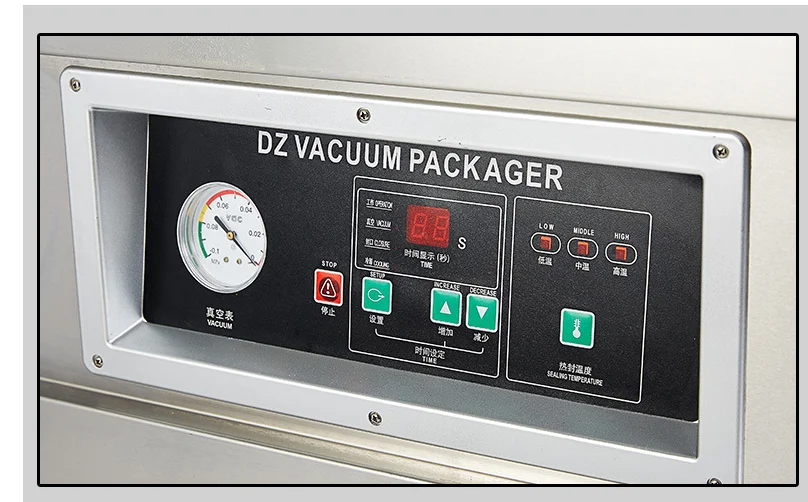feed grinder and mixer
Nov . 12, 2024 03:30 Back to list
feed grinder and mixer
Understanding Feed Grinders and Mixers Essential Tools for Livestock Farming
In the world of livestock farming, ensuring that animals receive the right nutrition is crucial for their health and productivity. One of the key components in achieving this goal is the use of feed grinders and mixers. These machines play a vital role in the preparation of animal feed, enhancing its quality and making it more palatable for livestock. This article will delve into what feed grinders and mixers are, how they function, and their importance in modern agriculture.
What is a Feed Grinder?
A feed grinder is a machine used in agriculture to crush feed into smaller particles, making it easier for animals to digest and absorb nutrients. Farmers often use grinders to process various types of feed, including grains like corn, oats, and barley, along with hay, silage, and other feed ingredients. By breaking down the feed into finer particles, the grinder improves the feed's digestibility, which can lead to better weight gain and overall health in livestock.
There are various types of feed grinders available, including hammer mills, roller mills, and tub grinders. Each type has its unique design and method of operation, allowing farmers to choose the one that best fits their needs. For instance, hammer mills use rapidly rotating hammers to crush feed, while roller mills employ two metal rollers to flatten and grind the grain.
The Role of Feed Mixers
Once the ingredients are ground to the appropriate size, they need to be mixed thoroughly to ensure an even distribution of nutrients. This is where feed mixers come into play. A feed mixer combines different feed components—whether grains, vitamins, minerals, or supplements—into a homogeneous mixture. This ensures that each animal receives a balanced diet, which is critical for optimal growth and production.
feed grinder and mixer

Feed mixers come in various forms, including horizontal and vertical mixers. Horizontal mixers have a large trough where the feed ingredients are blended. Vertical mixers, on the other hand, feature a more compact design, with a vertical auger that mixes the feed as it moves upward. Some mixers also have the capability to add liquid ingredients, further enhancing the feed's nutritional profile.
Benefits of Using Feed Grinders and Mixers
The integration of feed grinders and mixers into livestock operations brings about numerous advantages. Firstly, the ability to produce customized feed blends allows farmers to tailor their formulations based on the specific nutritional needs of their animals. This customization is especially important for different species or age groups, ensuring that each animal gets the appropriate nutrients required for their growth and productivity.
Secondly, using these machines can lead to cost savings. By grinding and mixing their feed, farmers can take advantage of bulk buying opportunities and utilize leftover or underutilized feed ingredients that might not be suitable for direct feeding. This not only reduces wastage but can also lower feed costs significantly.
Additionally, the use of grinders and mixers helps to enhance the overall quality of the feed. A well-prepared feed can improve animal performance, increase milk production in dairy cows, accelerate weight gain in beef cattle, and enhance egg production in poultry.
Conclusion
In summary, feed grinders and mixers are indispensable tools in the realm of livestock farming. They facilitate the efficient preparation of high-quality feed that meets the nutritional needs of animals. As modern agriculture continues to adopt more advanced technologies, the role of these machines remains pivotal in promoting sustainable farming practices. By investing in good feed preparation equipment, farmers can improve animal health, enhance productivity, and ultimately contribute to a more efficient food production system. Whether you are a small-scale farmer or managing a large agricultural operation, integrating feed grinders and mixers into your feeding program can lead to significant benefits in your livestock management strategies.
-
Hot Sale 24 & 18 Door Rabbit Cages - Premium Breeding Solutions
NewsJul.25,2025
-
Automatic Feeding Line System Pan Feeder Nipple Drinker - Anping County Yize Metal Products Co., Ltd.
NewsJul.21,2025
-
Automatic Feeding Line System Pan Feeder Nipple Drinker - Anping County Yize Metal Products Co., Ltd.
NewsJul.21,2025
-
Automatic Feeding Line System - Anping Yize | Precision & Nipple
NewsJul.21,2025
-
Automatic Feeding Line System - Anping Yize | Precision & Nipple
NewsJul.21,2025
-
Automatic Feeding Line System-Anping County Yize Metal Products Co., Ltd.|Efficient Feed Distribution&Customized Animal Farming Solutions
NewsJul.21,2025






